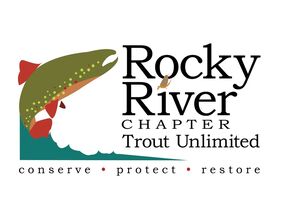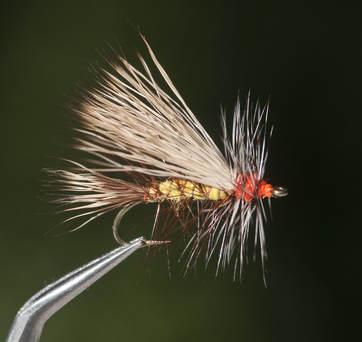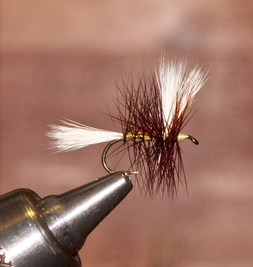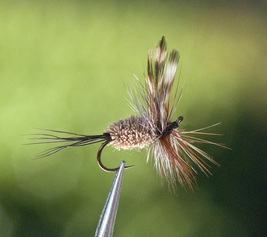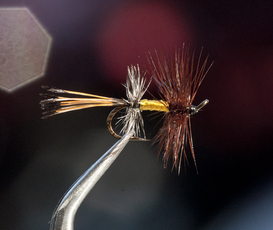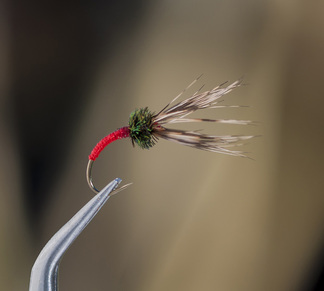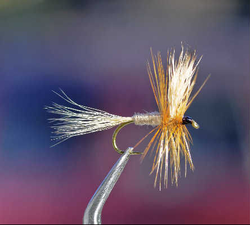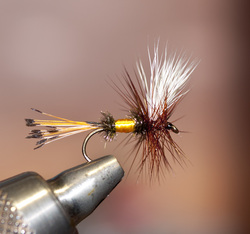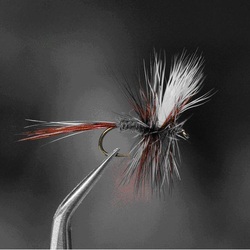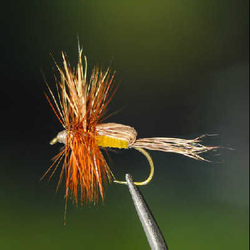Attractor Fly Patterns
To improve floating or sinking characteristics of a fly pattern, extra or bulkier materials may be used that distorts the silhouette such that no specific insect or non-insect food source is imitated, yet the fly pattern still attracts fish. Thus, attractor fly patterns may vaguely suggest a type of insect or other food source by silhouette but very often has unnatural coloring that simply gains attention.
